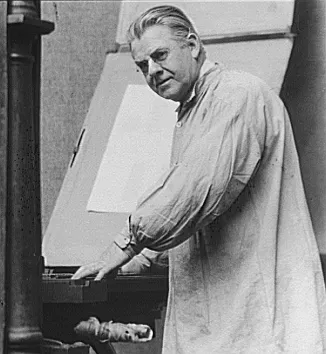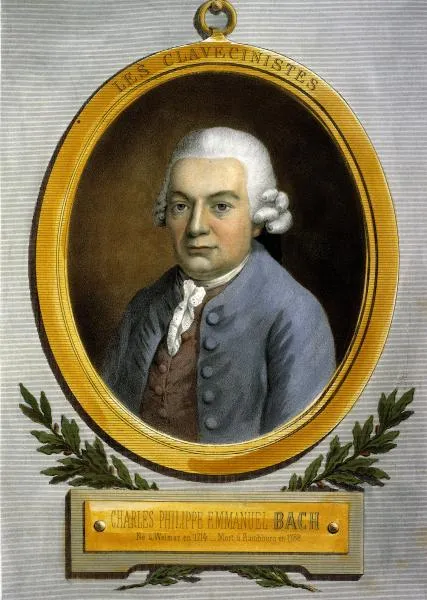Born: 1928
Nationality: American
Profession: Novelist
Date of Death: 2024
1928 – Lore Segal, American novelist (d. 2024)
Early Life and Education
Segal's early life was profoundly affected by the rise of the Nazi regime in Austria, compelling her family to flee to London in 1938. This traumatic experience of displacement would later heavily influence her writing. In London, Segal attended the prestigious North London Collegiate School and later the University of London, where she honed her love for literature and storytelling.
Immigrant Experience and Literary Career
In 1947, Segal relocated to the United States, where she began her career in writing. Her first major work, Out of the Picture (1967), garnered critical acclaim and established her as a powerful voice in American literature. Her narratives often explored themes of identity, belonging, and the struggles faced by immigrants in a new land.
Throughout her literary career, Segal published numerous works that resonated with audiences worldwide. Notable among them is Lucinella, a novel that reflects the surreal experiences of its protagonist, and Shakespeare's Kitchen, a collection of short stories that examine the intricacies of life in a multicultural society.
A Lasting Impact
Lore Segal's writing is characterized by its intellectual depth and emotional insight, making her one of the most influential figures in contemporary literature. Her ability to weave humor into serious narratives has left an indelible mark on writers and readers alike.
Segal's contributions to literature earned her several awards, including the O. Henry Award and the American Academy of Arts and Letters Award, recognizing her as a profound storyteller who gave voice to the often-overlooked stories of immigrant experiences.
Remembering Lore Segal: A Literary Legacy
The year was 1928 when a remarkable soul entered the world Lore Segal. Born in Vienna, Austria, her early years were painted with the vibrant colors of a cultural melting pot. However, as fate would have it, her childhood was abruptly overshadowed by the rise of Nazism. This tumultuous backdrop forced her family to flee their homeland when she was just eleven years old, an event that would shape her identity and perspective for years to come.
Arriving in New York City during the late 1930s must have felt like stepping into another universe for young Lore. The bustling streets, filled with diverse voices and cultures, provided a stark contrast to the oppressive atmosphere she had escaped from. Ironically, while many immigrants struggled with their new lives in America clinging to remnants of their past Lore immersed herself in this new world of opportunity and creativity. She began writing at an early age, perhaps seeking solace or understanding through storytelling amidst such chaos.
Fast forward to the mid-1950s; Segal’s literary career began taking shape as she published short stories and essays that captivated audiences with their vivid characters and poignant themes. It was as if each piece carried whispers of her own experiences the struggles of displacement and identity mingling seamlessly with tales of everyday life in America.
Who knows what drove her pen during those sleepless nights? Was it a longing for home or perhaps a desire to explore uncharted emotional territories? Her debut novel came out in 1964 “Other People’s Houses” and it quickly established her as a formidable voice within American literature. This work wasn’t just about physical homes; it explored psychological spaces too how people construct walls around themselves while yearning for connection.
The Artistry Behind Her Prose
Despite this promising start, critics were divided over Segal's stylistic choices a blend of humor interspersed with tragedy that resonated deeply with some readers but puzzled others. Yet therein lay her strength! She wielded language like an artist wields paint on canvas; every word carefully chosen yet profoundly impactful a true testament to human resilience.
Your mind can’t help but linger on how these themes echoed through decades from post-war anxieties into contemporary issues we still grapple with today: family dynamics fractured by external pressures or societal norms that dictate who we should be versus who we really are!
A Voice for Generations
As time progressed into the late '70s and '80s and amid a changing literary landscape Segal continued pushing boundaries through various forms including children’s literature! Perhaps one might argue that writing stories aimed at younger audiences allowed her not only an escape back into innocence but also gave voice to those who often remained unheard: children navigating complex emotions while grappling silently with loss.
"There is no greater joy than seeing your work touch someone else," Lore once remarked during an interview a sentiment reflective of how much she valued connection over fame.
The Later Years: Reflections & Rebirth
As she moved further into adulthood the ‘90s brought both challenges and triumphs; facing personal loss yet continuing relentlessly on creative endeavors until eventually making waves again within academia through teaching positions at universities where students absorbed not just knowledge but also wisdom from this remarkable woman!







